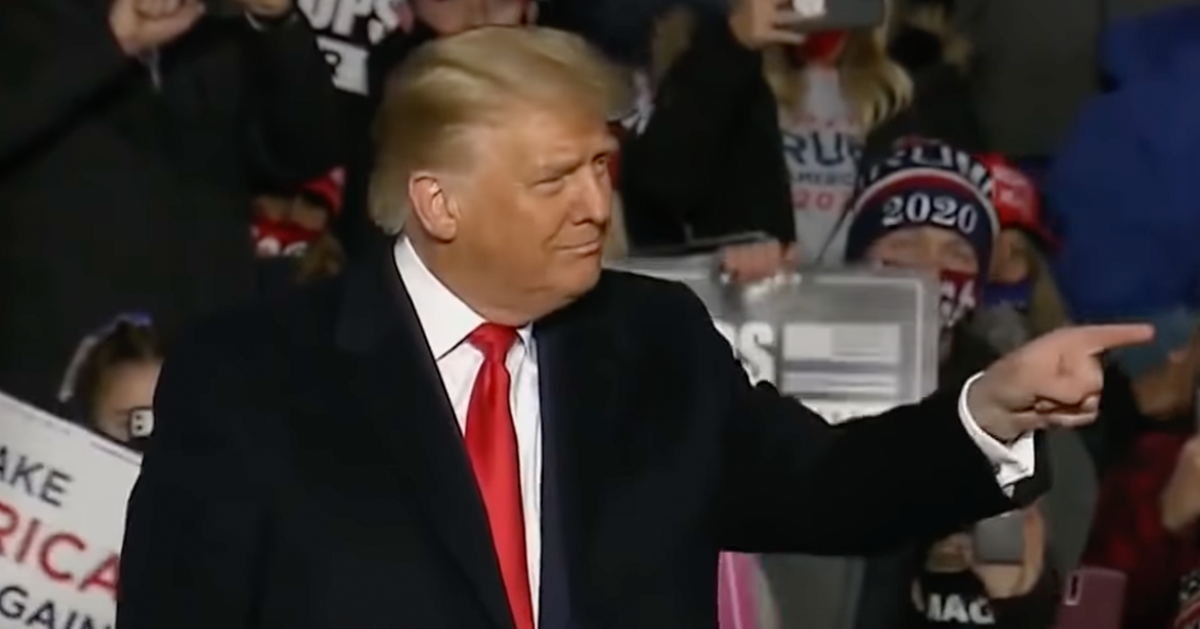Trump Projected to Win Against Harris in Noted Electoral College Forecast
Former President Donald Trump is heavily favored to win the upcoming presidential election against Democratic candidate Vice President Kamala Harris, according to a statistical model revealed by Nate Silver.
The model shows Trump with a 61.3% chance of winning the election, compared to Harris’s 38.1% chance, as Breitbart reports.
Nate Silver's Model Predicts Election Outcome
Silver's prediction gives Trump a more than three-in-five shot at victory, while Harris faces a less than two-in-five chance. The model, which had been temporarily turned off, resumed its forecast following President Joe Biden’s recent exit from the race.
Initially, Trump was leading Biden, who had seen his chances of winning plummet to below 30%. With Harris stepping in, the dynamics have shifted slightly, but Trump remains the favorite.
Electoral College vs. Popular Vote
Silver’s analysis suggests that while Harris is a slight favorite in the popular vote, she is a modest underdog in the Electoral College. This indicates a potential risk for the Democrats of experiencing a popular vote-Electoral College split, similar to what occurred in 2000 and 2016.
“Harris will give Democrats a fighting chance,” Silver commented. He noted that Harris is a slight favorite over Trump in the popular vote, which Democrats have consistently won in every election but one since 2000. However, she faces challenges in the Electoral College.
“Harris isn’t unique in this regard,” Silver added, explaining that Biden also had a significant Electoral College-popular vote gap in 2020, barely winning several tipping-point states despite a 4.5 percentage-point lead in the popular vote.
Battleground States Favor Trump
In critical battleground states, Trump shows strong favoritism. According to Silver's model, Trump has more than a 70% chance of winning in Georgia, North Carolina, and Arizona. Additionally, he holds over a 57% chance in Michigan and Pennsylvania, nearly 53% in Wisconsin, and more than 65% in Nevada.
These figures highlight the uphill battle Harris faces in securing the necessary electoral votes. The model’s forecast emphasizes the strategic importance of these battleground states in determining the election’s outcome.
Silver’s detailed analysis is accessible on his Substack, where he delves deeper into the nuances of the forecast and the electoral landscape.
Model Reactivated After Biden's Exit
The model’s reactivation followed President Joe Biden’s decision to drop out of the race just over a week ago. This development necessitated adjustments to the forecast, which previously showed Trump with a dominant lead over Biden.
Although Harris’s entry into the race improved the Democratic position slightly, it did not significantly change the overall projection. Trump continues to hold a substantial advantage in the Electoral College, according to Silver’s analysis.
“But this is still a problem for Democrats,” Silver stated, highlighting that the forecast shows Harris with a slightly wider popular vote-Electoral College gap than Biden had in his version of the forecast.
Implications for the Democratic Campaign
The forecast underscores the ongoing challenge for Democrats to bridge the gap between the popular vote and the Electoral College. Despite Harris’s potential to secure the popular vote, the Electoral College remains a formidable hurdle.
Silver’s model suggests that the Democrats need to strategically focus on key battleground states to increase their chances of securing an electoral victory. The analysis indicates that while the popular vote is essential, winning the Electoral College is crucial for success.
This situation places additional pressure on the Harris campaign to intensify efforts in battleground states where Trump currently shows significant favoritism.
Conclusion
In conclusion, Nate Silver’s model forecasts a challenging path ahead for Vice President Kamala Harris in the upcoming presidential election against former President Donald Trump.
With Trump holding a 61.3% chance of victory and Harris at 38.1%, the Democrats face a potential repeat of the popular vote-Electoral College split that has previously impacted their campaigns. The model highlights the importance of battleground states and underscores the strategic efforts required for the Harris campaign to overcome the electoral challenges.
Silver’s detailed analysis provides further insights into the complexities of the electoral landscape and the pivotal role of the Electoral College in determining the election’s outcome.





